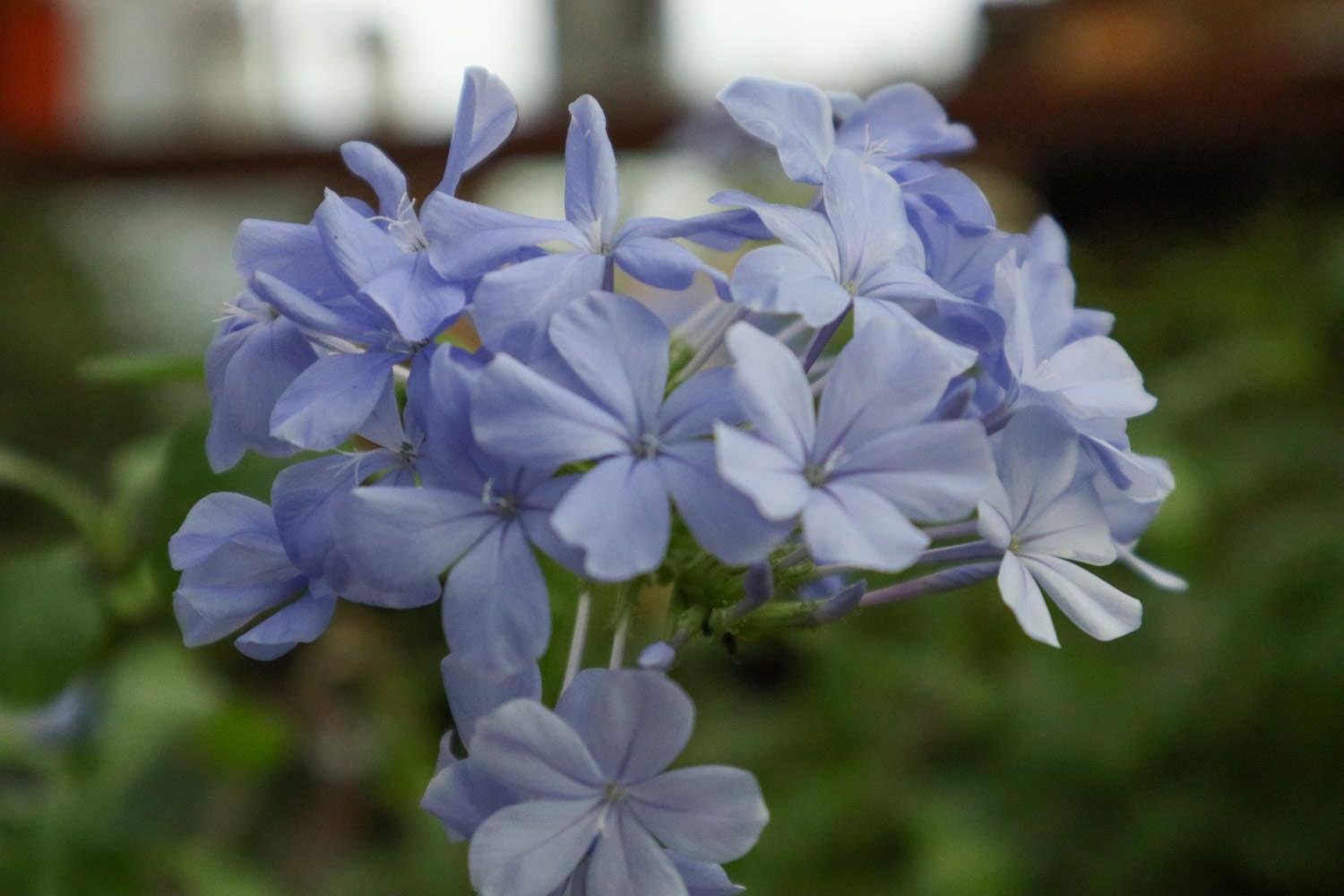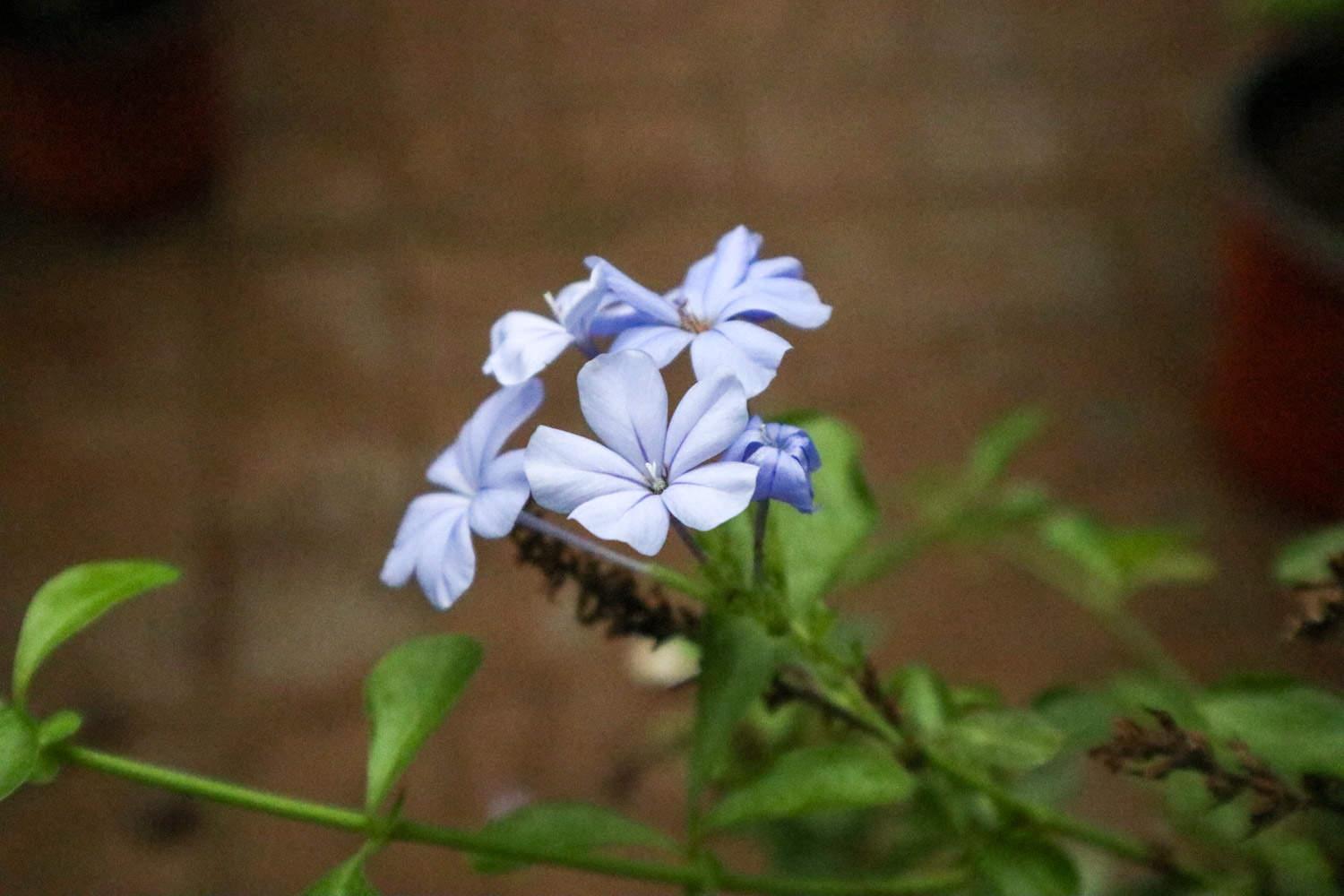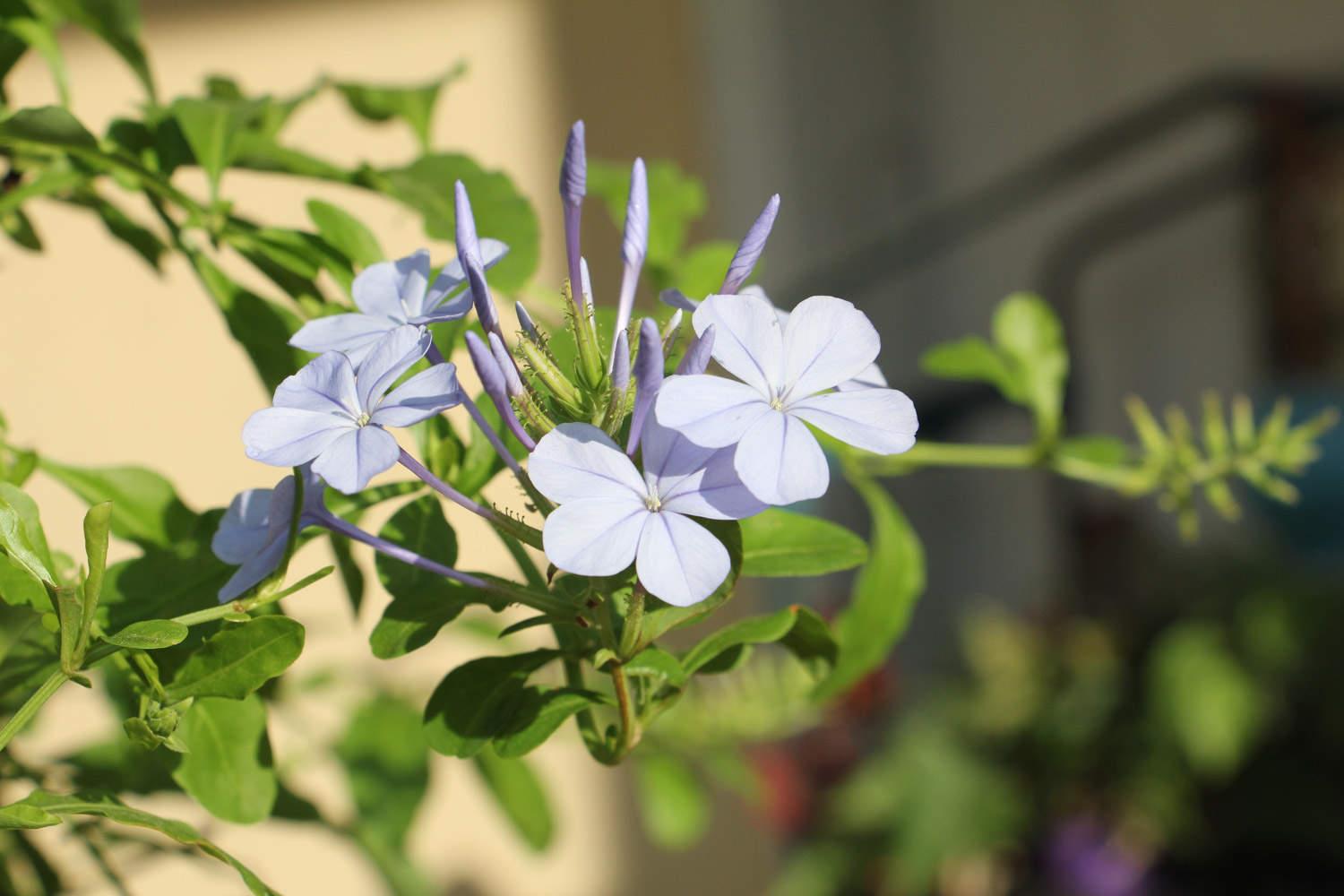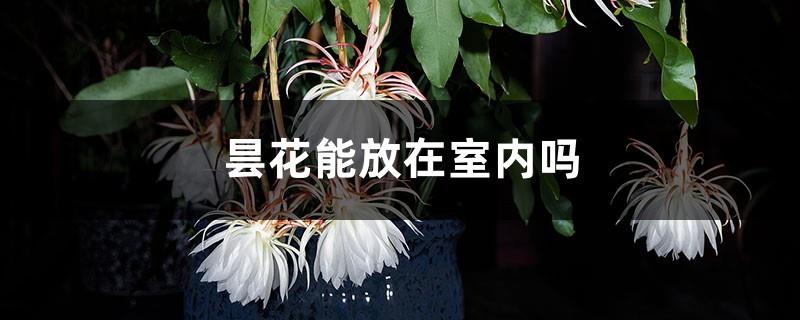Blue snowflake cultivation methods and precautions
Last Update :2024.06.05
Article Catalog
Growing blue snowflakes requires a growth environment of 15-28°C. The leaves will fall off when the temperature is below 0°C, and should not be higher than 35°C. Usually, except for shade at noon in hot summer, it can be placed in the sun at other times. Too dark light will cause the flower color to fade. Don't water too much, keep it dry and water it thoroughly, and apply thin fertilizer every half month during the growing season. In addition, pests and diseases must be prevented.
1. Temperature
1. Temperature
Blue Snowflake is a relatively high-temperature plant. Generally speaking, it will stop growing when it is below 7℃, and it will show some symptoms of cold damage below 5℃. All its leaves will fall off at temperatures around 0°C. The optimal growth temperature is between 15-28°C, and high temperatures above 35°C also have a certain inhibitory effect on it. Therefore, when it comes to maintenance, in China, except for the Lingnan area where you don’t have to worry about any problems in outdoor cultivation, other areas have to go indoors for cultivation in winter.

2. Lighting
Blue Snowflake is a sun-loving plant and slightly shade-tolerant, so it can be exposed to light at any time except at noon in the hot summer. In a relatively shady environment or a semi-shady environment, it can bloom normally, but the flower color will become dim and the number of flowers will be reduced.
3. Moisture
Blue snowflakes are slightly tolerant of drought in terms of moisture requirements, so do not water too much during the maintenance process, just make sure it is completely dry and watered thoroughly.

4. Fertilization
During the maintenance of blue snowflakes, give it a thin fertilizer every half a month during the growth period, and it can grow normally. It is not a plant that particularly likes fertilizer, so it is a flower that is particularly easy to grow and can bloom easily.
5. Precautions
Blue snowflake has relatively few diseases and insect pests. Generally speaking, it has strong disease resistance and few pests attack it, so it needs to be maintained carefully. Among them, pests and diseases can be considered less, but we cannot ignore them completely. If pests and diseases occur, they must be prevented and controlled in time.

2. Lighting
3. Moisture
4. Fertilization
5. Things to note
- END -
Can Epiphyllum be placed indoors?

This epiphyllum can be placed indoors. It has strong ornamental value and can be u...
The most shade-tolerant potted indoor plants

1, wire fern: wire fern shade, beautiful form, small plant. 2, pocket coconut: poc...